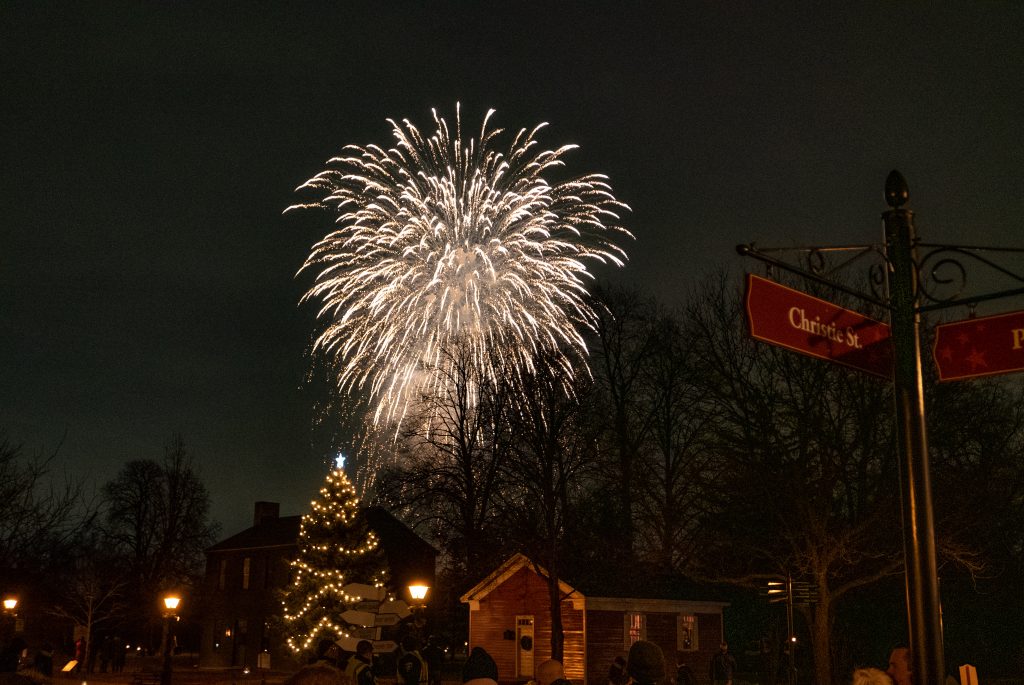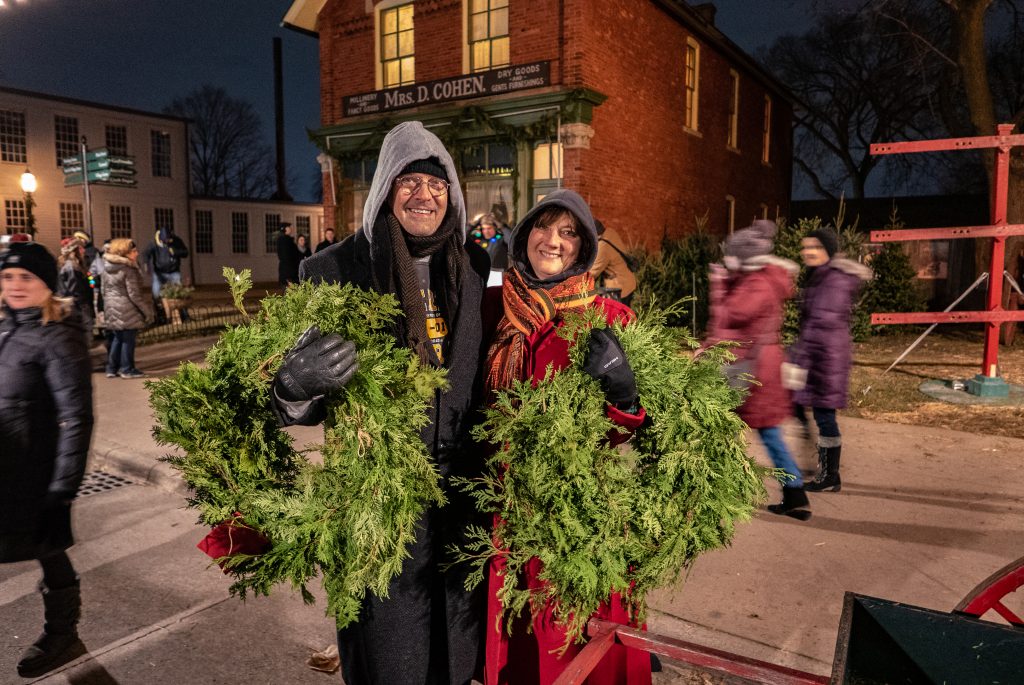On December 23, 2018, Lori and I drove from Toledo to Dearborn, Michigan for a wintery evening of Christmas cheer. Our destination was Greenfield Village, a part of The Henry Ford Museum of American Innovation, a sprawling institution that includes museums and historical buildings.
It was a special night: two days before Christmas and the village was suitably decorated for the holidays. Actors, musicians, and storytellers, all in vintage American attire, strolled the grounds entertaining the visitors.

Greenfield Village is a large collection of historical American buildings that emphasize industry and innovation. The building housing Thomas Edison’s laboratory is there. So is the Wright Brothers’ bicycle shop. There are vintage machine shops and mills, all in running condition. All of these buildings were purchased by Henry Ford and transported to the 80-acre site in Dearborn. There are antique steam locomotives and Model T Fords.
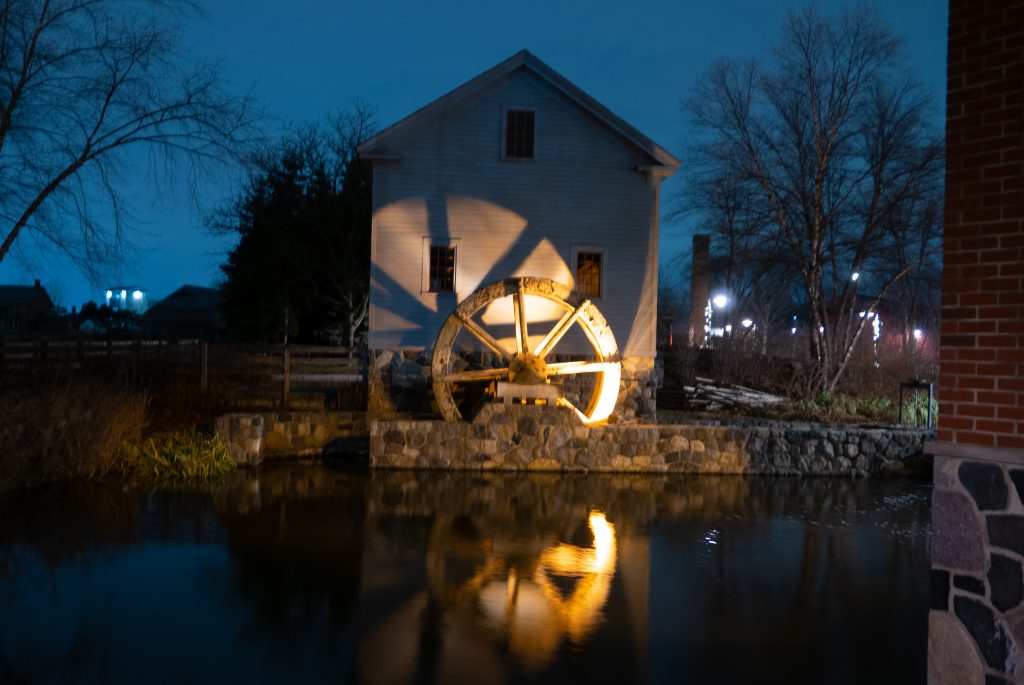
I took a lot of photos in the machine shop. It’s a place where form follows function.
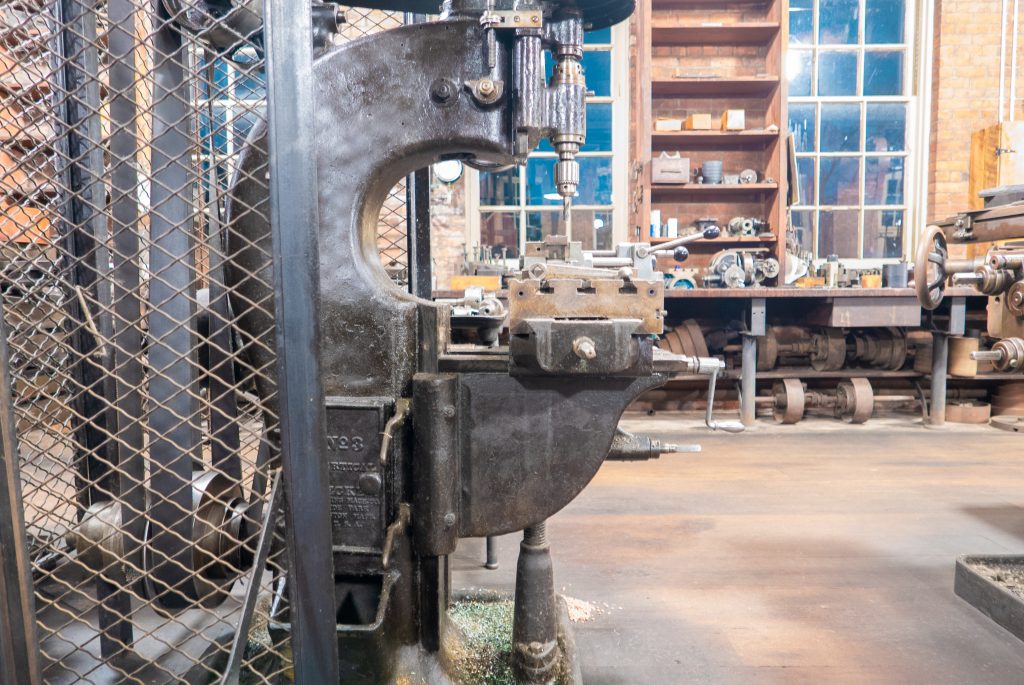
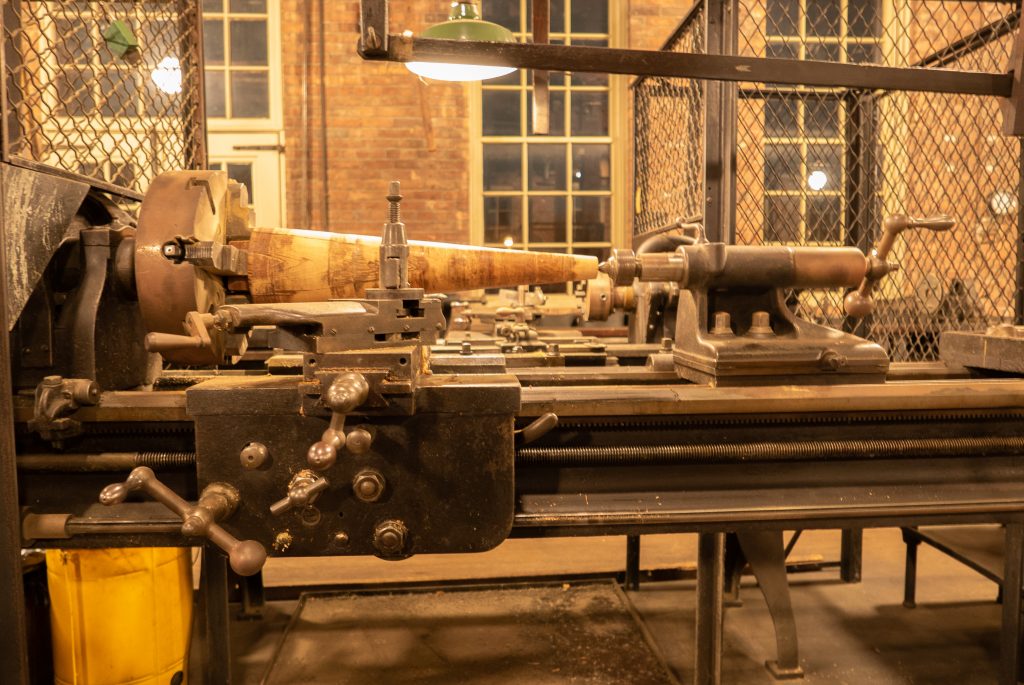
It was hard not to be impressed by Henry Ford’s vision, his historical imagination, and the huge financial commitment he made to preserving artifacts of American history. He thought that factories, labs, and humble shops where inventors tinkered were a vital part of America and were worth preserving. And he was right.


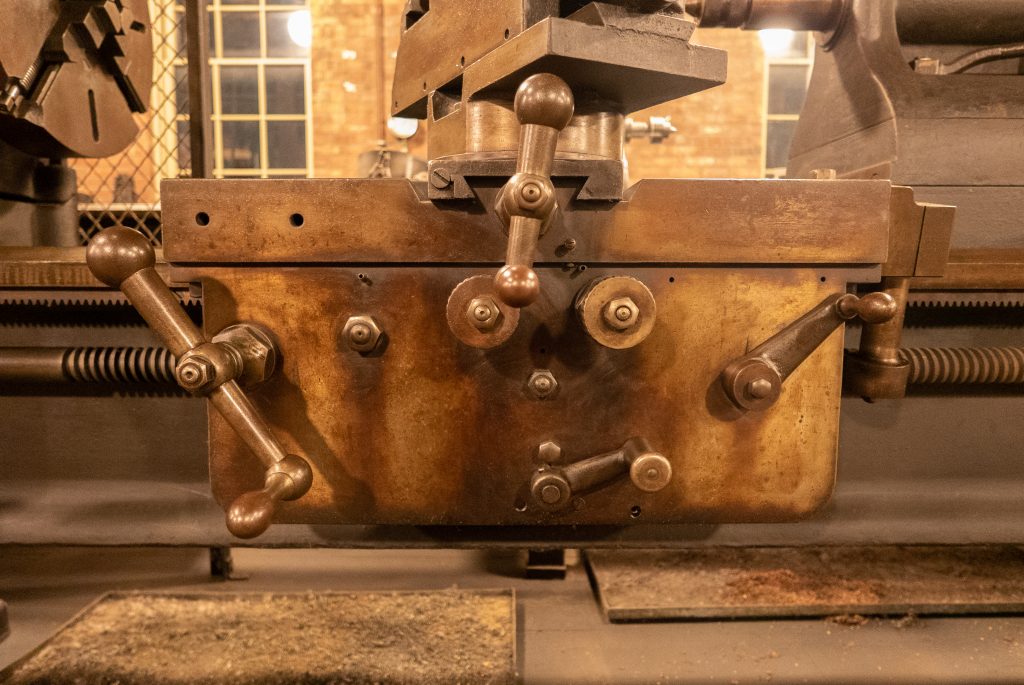
Still, it was hard for me to keep Ford’s legacy of racism and antisemitism completely out of my mind. This article from the Washington Post lays it out:
In 1919, Ford purchased The Dearborn Independent, then an obscure newspaper published in the Michigan city that was the headquarters of his automobile company. For the next eight years, the weekly publication reflected his bigoted views.
One of the paper’s chief targets was the so-called “International Jew,” a sinister figure cited as the root cause of World War I. In 1921, The Independent printed the “Protocols of the Elders of Zion” even though the book had by then been exposed as a forgery created by the Russian czar’s secret police in 1905 to foment virulent anti-Semitism.
The fraudulent document described an alleged secret cabal of Jewish leaders who plotted to control the world. Nevertheless, the Independent published the discredited document, giving it both wide distribution and global credibility. Ford’s newspaper merged racism with anti-Semitism by calling Prohibition-era whiskey “n_-r gin” and labeling jazz “Yiddish moron music.”
Ford and his publication attracted attention throughout the world, including from Adolf Hitler. In fact, Ford is the only American mentioned by name in Hitler’s notorious “Mein Kampf,” published in 1925. Anti-Semitic Independent articles translated into German and other languages during the 1920s were used to “prove” Nazis were not alone in their pathological hatred of Jews and Judaism.
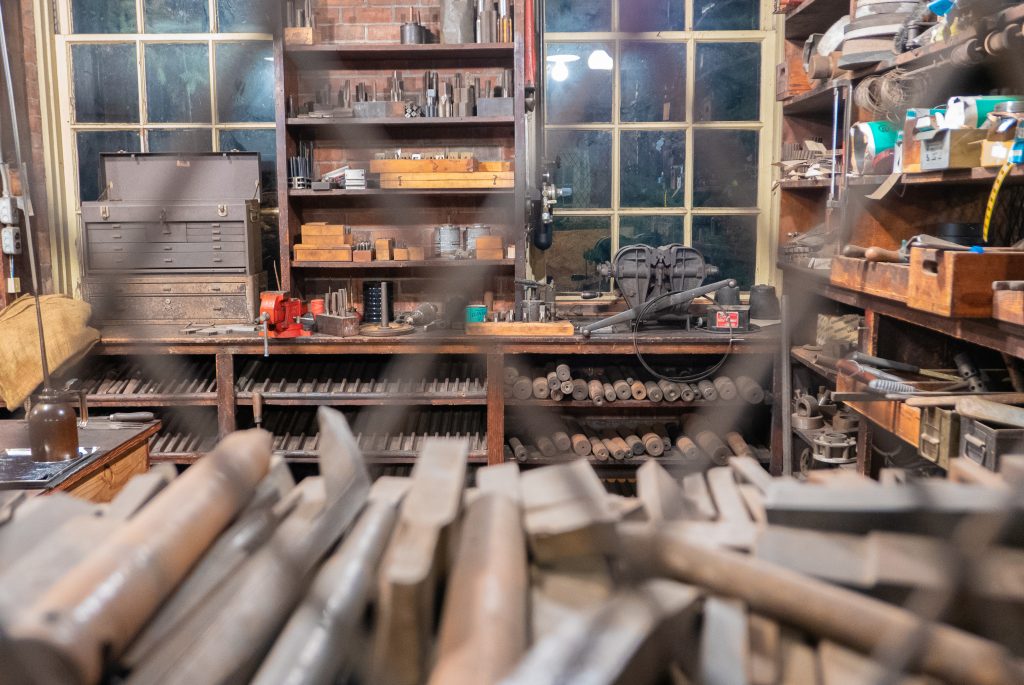
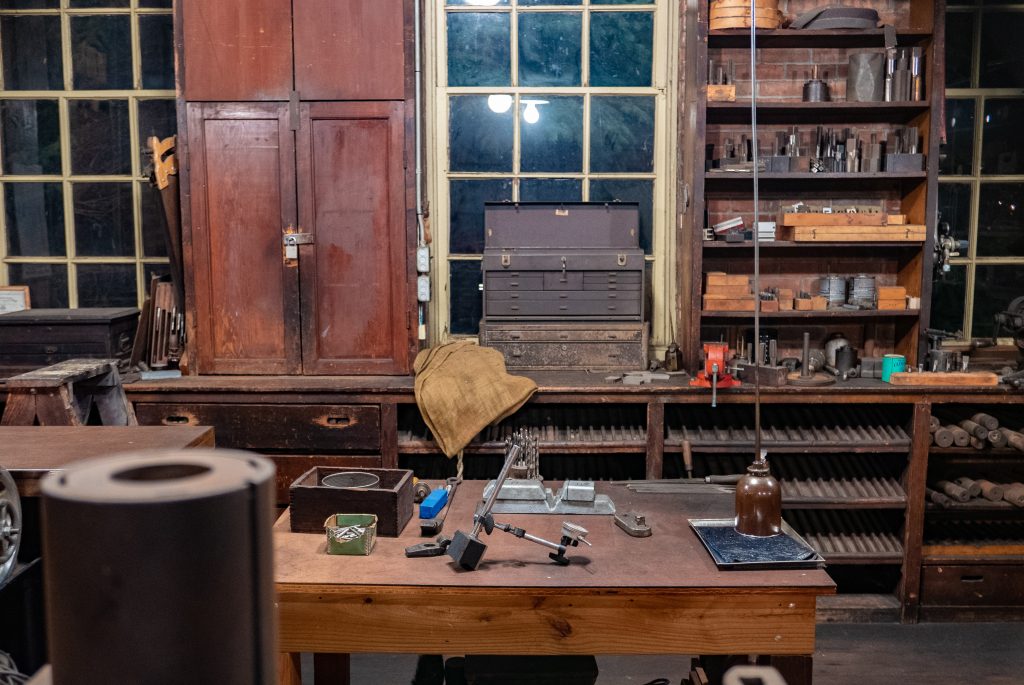
The ethical quandary I was in mirrors the debate we have today about how to view historical figures — and present-day artists and politicians — who have contributed much to our culture but whose behavior seems abhorrent by today’s standards. Feeling some discomfort around these issues is the sign of a healthy mind. Those who freely grant impunity to bad actors because they also did great things are just as single-minded as those who attempt to reduce artists to monsters and politicians to perverts.
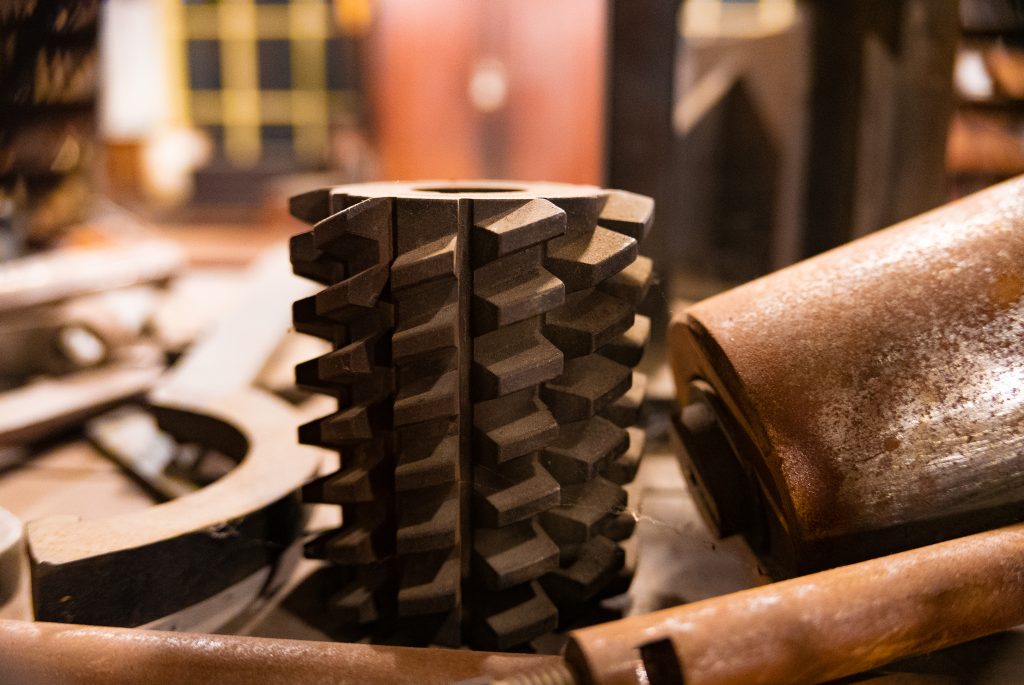

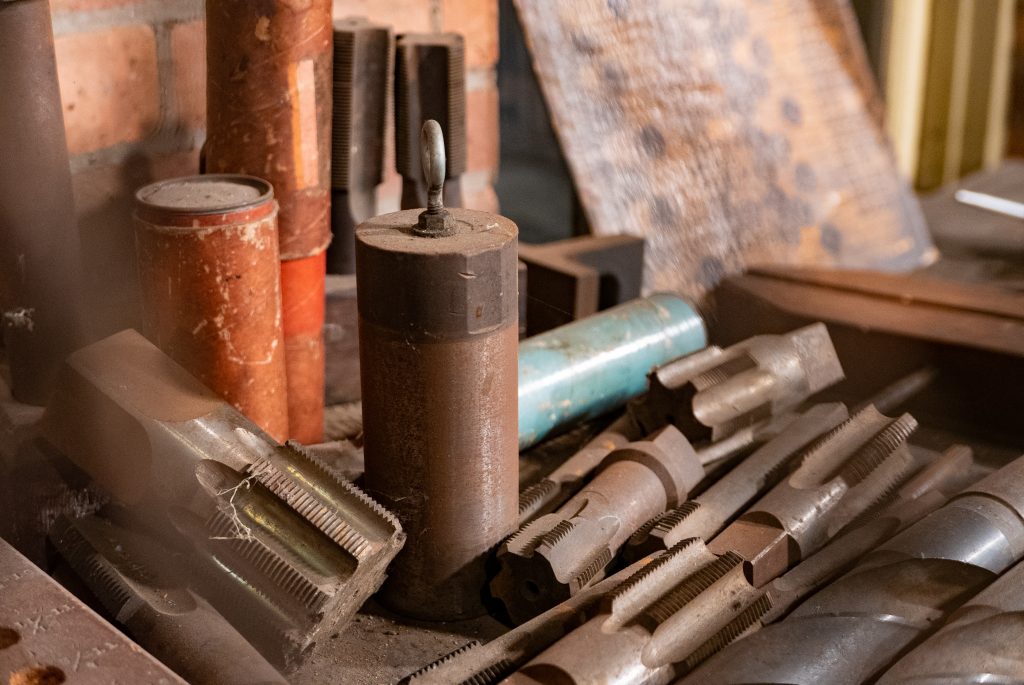
Having warmed up in the cozy sawdust-and-oil smelling machine shop. Lori and I walked over the the village’s mail street. There were a lot of Christmas festivities going on there. This fellow is a mummer and he was having a fine time walking around saying rude things to people.
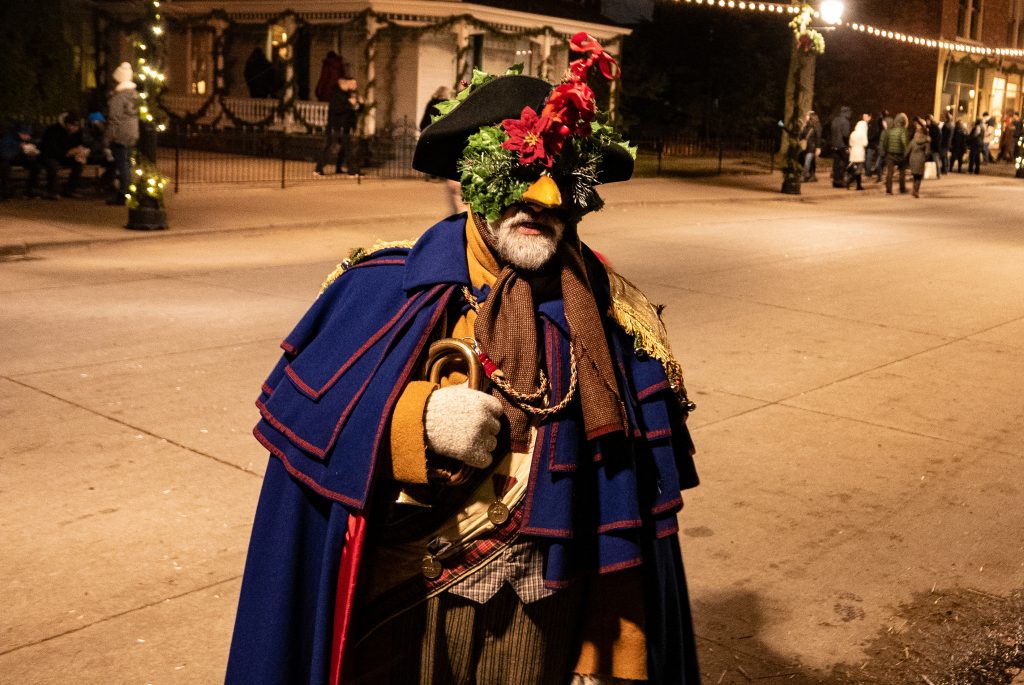
Lori got the idea of taking home a Christmas tree in one of these Model A trucks. It didn’t quite work out, though we did score some nice wreaths on the cheap. It was the last night of operations before the holiday; everything must go.
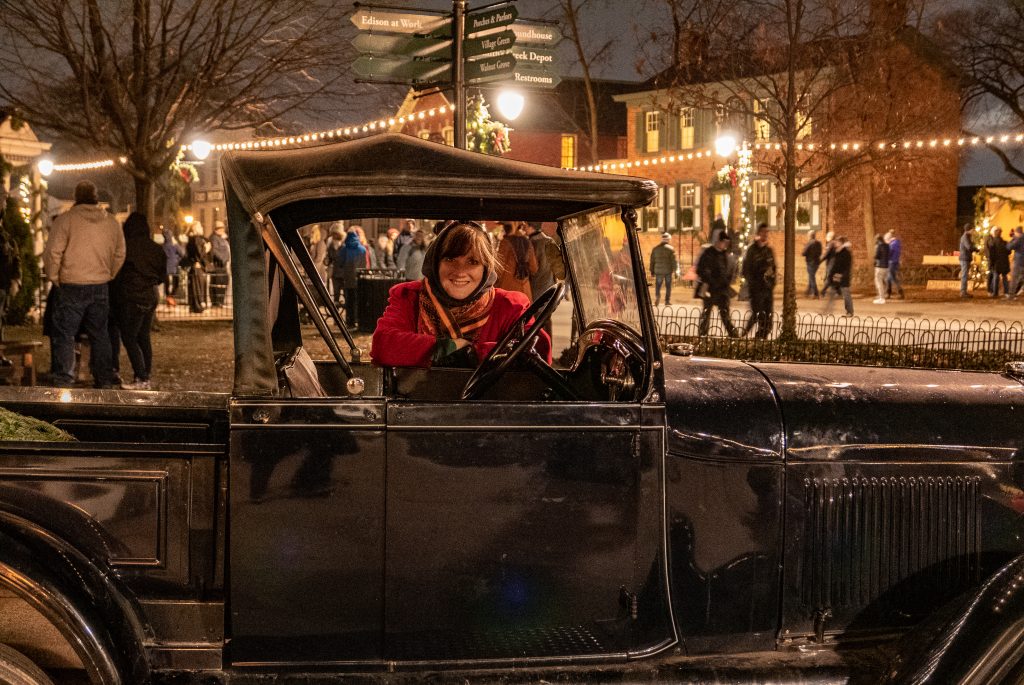
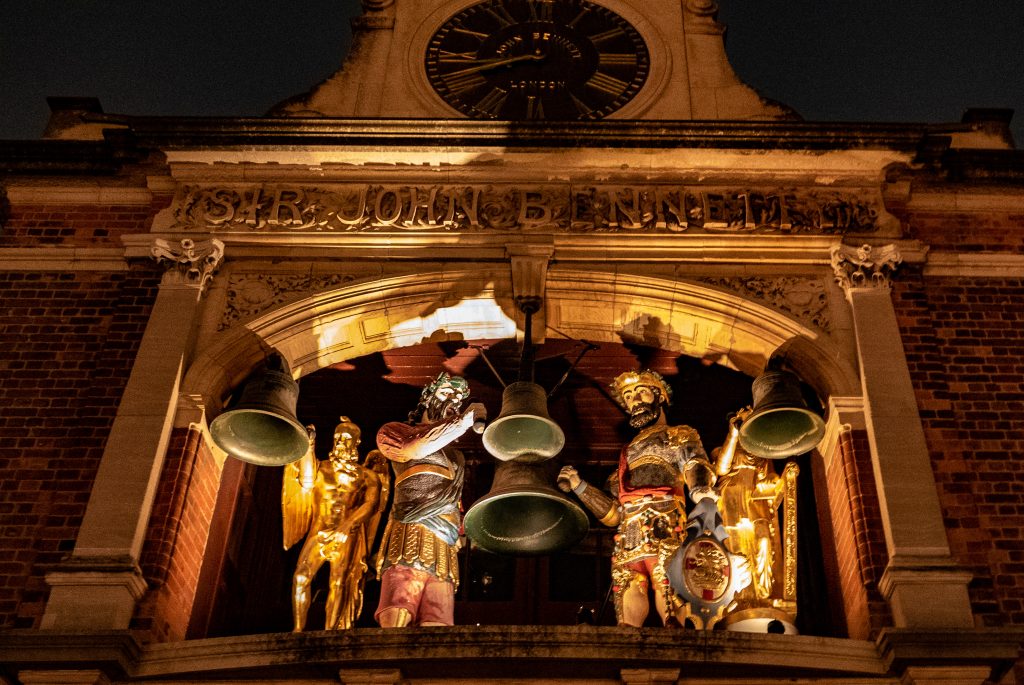
The indoor carousel seemed magical that night.
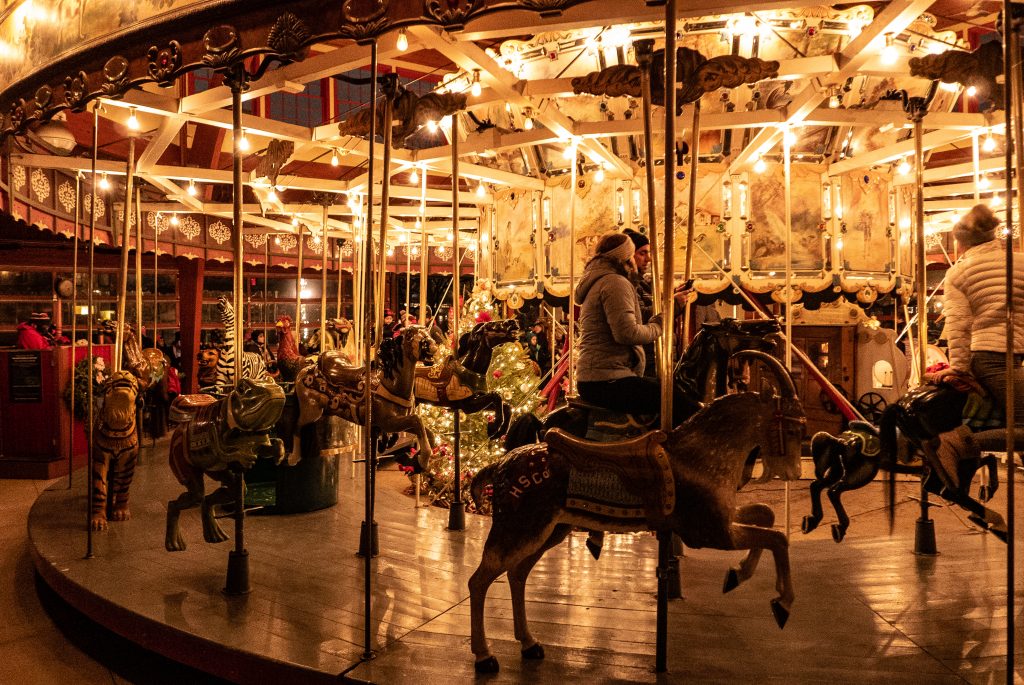
The heavily wrapped-up guy on the left was telling stories and had his audience right where he wanted them.
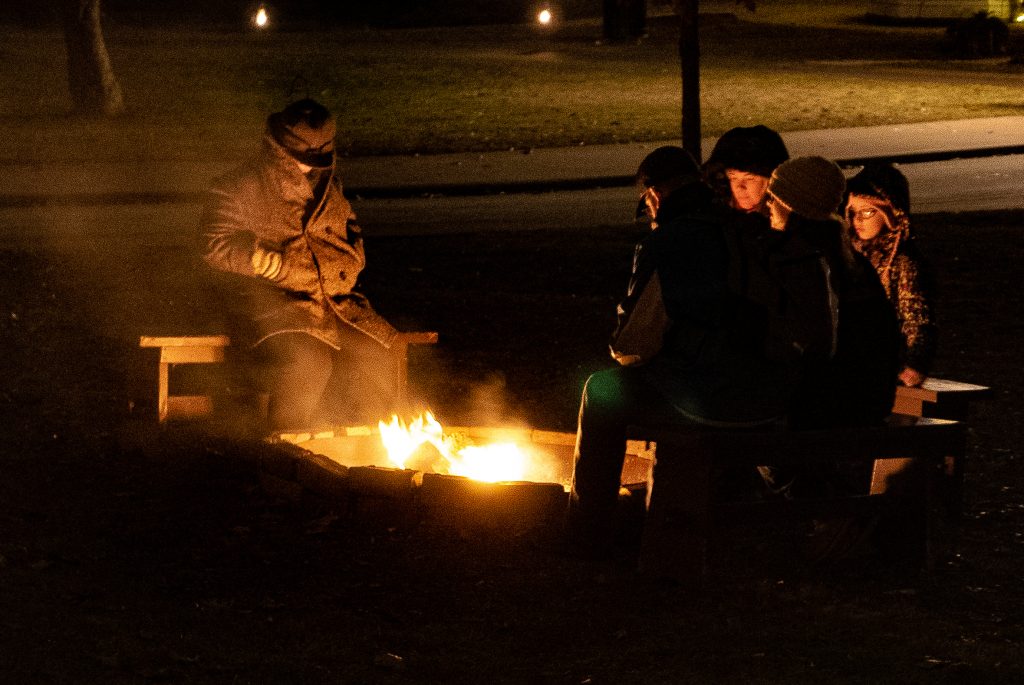
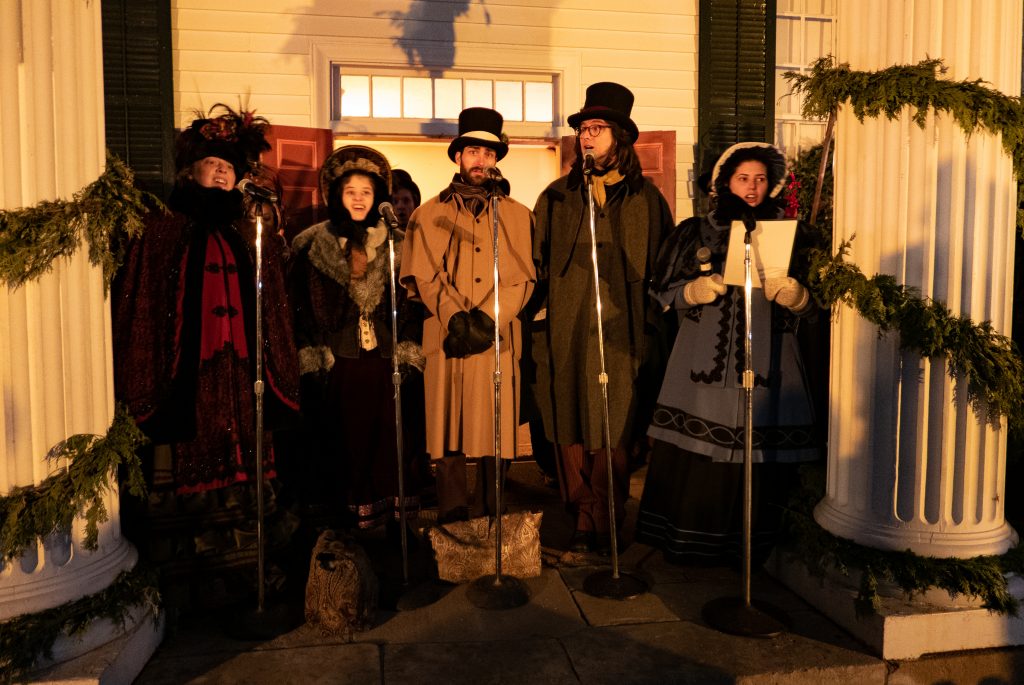
The night ended with a fireworks display. A little more Fourth of July than Christmas, but it looked pretty all the same.
